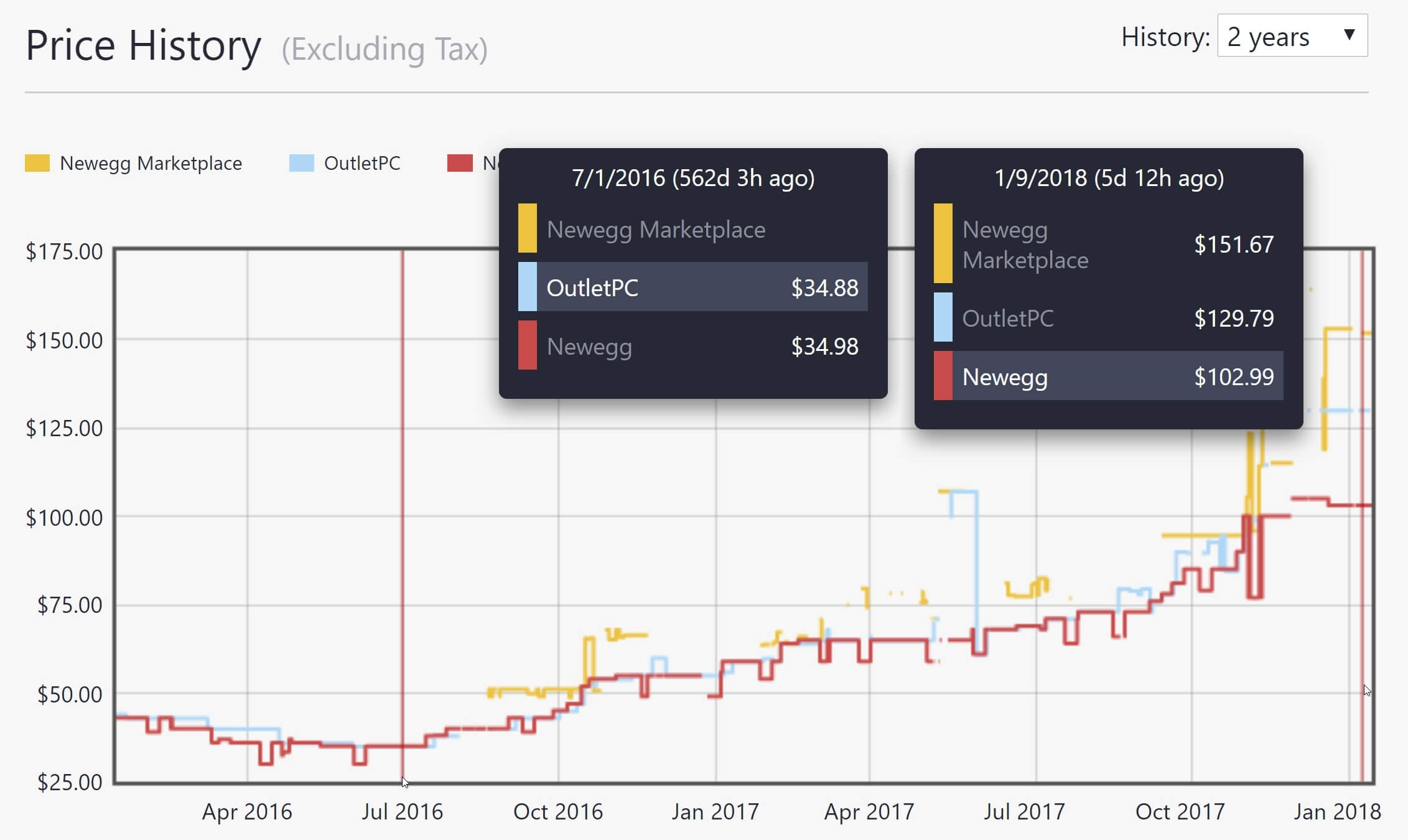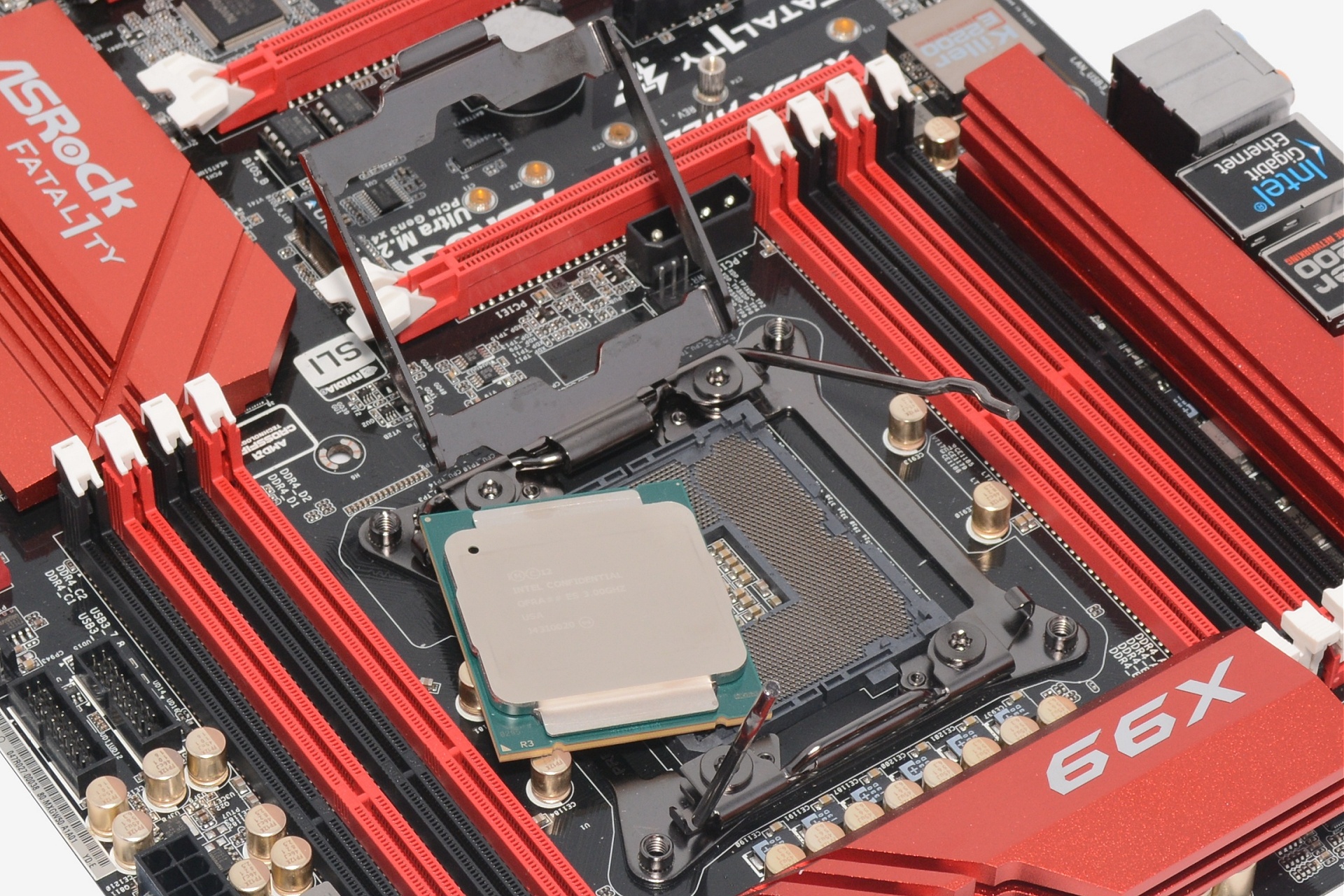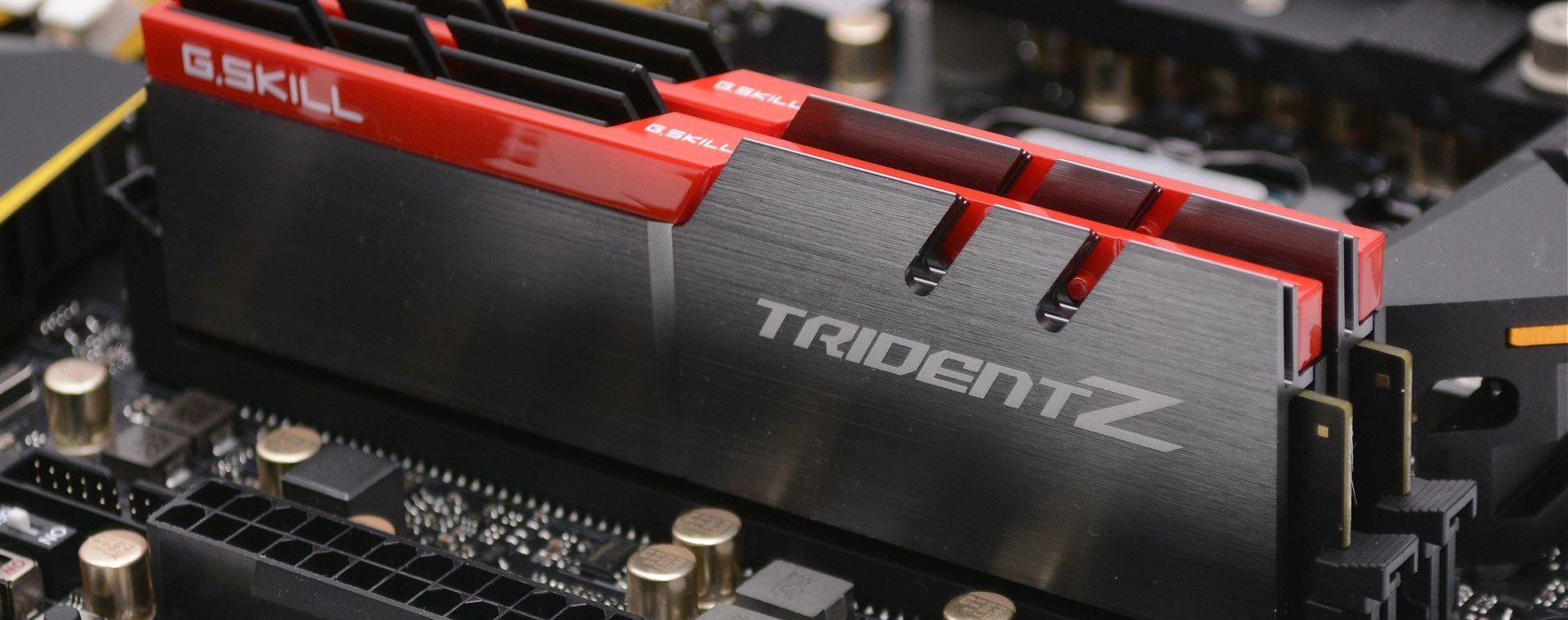【The Sex Factor Episode 8 Playing With The Pros】
The The Sex Factor Episode 8 Playing With The Prospast twelve months turned out to be some of the most exciting times we can remember for building a new computer. Last March saw the launch of Ryzen ending half a decade of AMD being 'bulldozed' by the competition. From that point forward it was busy for PC hardware, including the release of new graphics cards and Intel having a second go at things with Coffee Lake after an underwhelming Kaby Lake launch. However, for as much as there was to be excited about regarding computer hardware in 2017, there was plenty to be upset about as well.
Unfortunately, some of these problems have gotten worse and will probably continue to worsen throughout 2018, which is going to make it increasingly difficult to build a PC. Part one of this series will be dedicated discuss DDR4 memory pricing and why it's so high.
RAM pricing is currently a big issue plaguing those wanting to build a new computer or even update an old one. From July 2016 to July 2017, the market saw a 111% increase for the average selling price of DDR4 memory, and it has continued to increase since then.

An 8GB DDR4-2400 memory kit went for around $35 in 2016. A year later you could expect to pay a little over $70 for the same product. Today you're looking at an asking price of at least $90, or 170% more than what we were paying roughly 18 months ago.
But why is this? First and foremost, it's an issue of supply and demand. And while it's difficult to predict exactly when supply will improve, most reports suggest this won't happen until late 2018 when manufacturing of 64-layer and 96-layer 3D NAND flash reaches maturity. Until then, demand will continue to heavily outweight supply.
So, okay, it's a supply issue – but why? What's the main driver behind either supply decreasing or demand increasing? I believe we've been faced with a sort of double whammy.
The major DRAM suppliers shifted focus away from DDR4 production due to tight margins, investing elsewhere, while growth in the traditional desktop sector over previous years was slow and nobody wanted to pay a premium for DDR4 products, resulting in a loss of interest from manufacturers who couldn't meet their planned targets and returns.

With limited demand in late 2014 with Intel's Haswell-E and Haswell-EP range which continued in 2015 with Skylake and then again 2016 with Broadwell-E, the limited supply wasn't an issue. However, in 2017 we saw a rapid shift in market demand toward desktop computing, not just Intel but now also AMD were shipping processors supporting DDR4 memory.
Perhaps an even bigger factor, the smartphone industry has increased demand of not just DRAM but NAND as well. It's worth highlighting that it's a different type of DDR4 memory which is produced for the mobile market (Low Powered DDR4 or LP DDR4), and manufacturers such as Samsung make more profit selling LPDDR4 memory in premium smartphones.
With demand outweighing supply, prices increased and DDR4 margins were no longer tight. By mid-2017, pricing of memory modules soared significantly and unfortunately it doesn't look like manufacturers will be ramping up production any time soon.
According to market research firm DRAMeXchange, the three major DDR4 suppliers (Samsung, SK Hynix and Micron) slowed down their capacity expansions and technology migrations to maintain prices in 2018 at the same levels seen in the second half of last year, which is presumably related to their interest in sustaining strong profit margins.
The construction of new fabs is underway to help the strained supply but they won't be ready for mass production until 2019 at the earliest. It's predicted by Gartner that DDR4 pricing will crash in 2019 and history would suggest this is likely to happen as that's the cycle we go through every few years with memory pricing.
China has the potential to change things here with its aggressive approach to the semiconductor market, which could cause pricing to become even more unpredictable. Chinese memory could flood markets worldwide causing pricing to plummet. Right now there is a large number of Chinese fabs being built and it is expected that the country will take second place for investment in semiconductors this year as it equips the many new fabs that began construction in 2016 and 2017.

It's also been reported that China's National Development and Reform Commission is investigating the possibility of DRAM price-fixing between the major industry players, and this has of course been sparked by the price surge we've been talking about. If found guilty, it's hard to predict what the ramifications would or could be, so we'll have to see how that story plays out. It would appear as though they do have quite a bit of power here, as SK Hynix and Samsung both have a number of facilities in China.
So if you have a choice: hold off on building your new PC until later in 2018 (or longer) or simply accept the hit on memory pricing. PC gamers will ideally want 16GB these days and those kits cost at least $170, with premium memory priced closer to $200. Granted, the same kit would have costed around $75 in the good old days, but try not to dwell on that.
Inflated DDR4 memory pricing is only one of the problems you can expect to face when looking to upgrade or build a PC in 2018, and in the next part of this series we're going to discuss what's going on with GPU pricing and what we can expect later this year.
TechSpot Series:
Why Building a Gaming PC Right Now Is a Bad Idea
2017 was an exciting year for PC hardware but it wasn't all roses. The warning signs we saw are painting more difficult in 2018. In this 3-part series we discuss why building a new gaming PC is not a great idea at the moment, or at the very least, it's going to come at great expense.
- Part 1: DDR4 Memory Prices: Why So High and When Will They Fall?
- Part 2: Insane Graphics Card Prices: Miners, GDDR Demand & PUBG Gamers
- Part 3: Bad Timing: What's Cooking Right Now?
Search
Categories
Latest Posts
How the Internet Makes Memoirists of Us All
2025-06-26 21:49How the Internet Makes Memoirists of Us All
2025-06-26 21:36Georgia Houghton’s “Spirit Drawings” Were Ahead of Their Time
2025-06-26 21:03How to Squeeze the Most Out of Your iPhone's Battery
2025-06-26 20:46Popular Posts
D. W. Griffith’s “Intolerance” Changed Life Outside the Movies
2025-06-26 21:54How Mary Toft Convinced the World She’d Birthed Rabbits
2025-06-26 21:24Best Garmin deal: Save over $30 on Forerunner 55
2025-06-26 20:22Featured Posts
Acupuncture for pets is on the rise
2025-06-26 22:28Who owns the rights to your face?
2025-06-26 22:28Luc Sante on the Appeal of Junk Shops
2025-06-26 21:15Clouds Are the New Fireworks
2025-06-26 20:26Waitin’ on the Student Debt Jubilee
2025-06-26 20:08Popular Articles
Climate change turns large green sea turtle population female
2025-06-26 22:30The Beginnings of Briggflatts
2025-06-26 22:29Best WiFi extender deal: The TP
2025-06-26 22:23University of Alabama rush week begins on TikTok
2025-06-26 21:41Trump's science adviser pick is actually a good scientist
2025-06-26 20:34Newsletter
Subscribe to our newsletter for the latest updates.
Comments (2442)
Co-creation Information Network
The 10 Most Anticipated PC Games of 2017
2025-06-26 22:17Style Information Network
Staff Picks: Eliot Weinberger, Max Porter, Andrzej Zulawski
2025-06-26 21:31Dynamic Information Network
Last Exit: Luc Sante Moves Out
2025-06-26 20:41Mark Information Network
Staring Deep into Robert Ryman’s White Squares
2025-06-26 20:07Habit Information Network
Robin Triumphant
2025-06-26 20:06